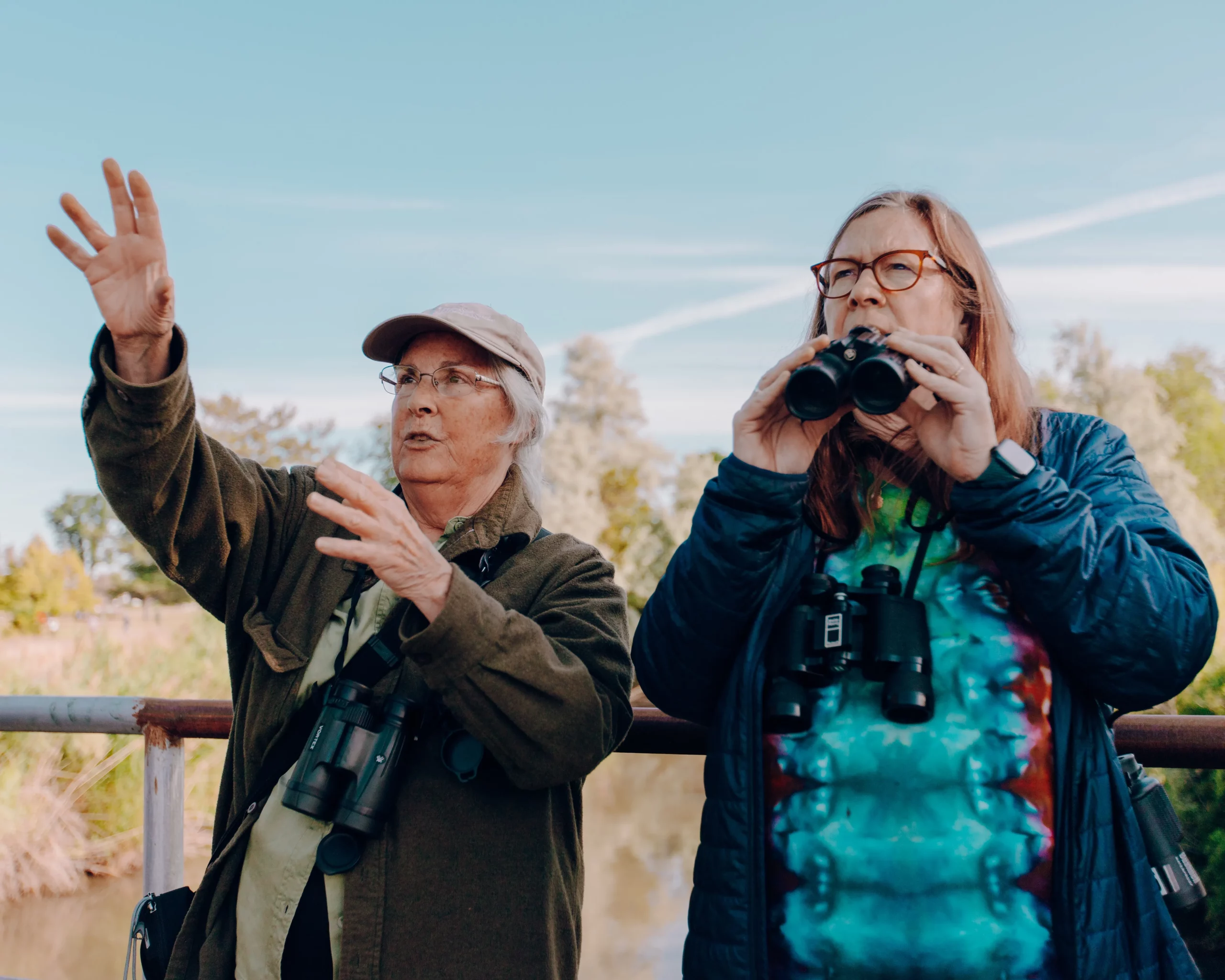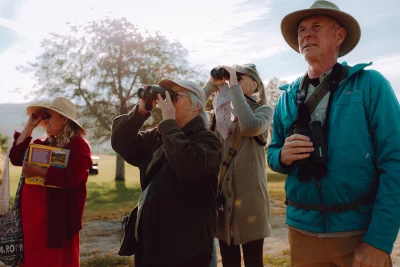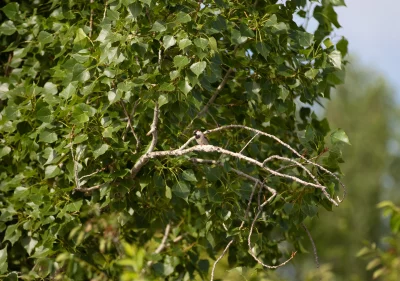
Great Salt Lake Audubon: Fighting For Free Flight
Activism, Outreach and Education
Birds can’t fly without clean skies to travel through and safe water to drink from. The ecosystem of an area depends on multiple variables including, but not limited to, its air and water cycles. The health and regulation of such patterns are revealed to us by how nature reacts to the behavior of legislators and citizens of Salt Lake Valley.
The Great Salt Lake has proven to be in crisis—it started drying up in 2021 and is projected to be completely out of water in five years if drastic action is not taken. Salt Lake City’s air quality reflects the body of water, as the city is ranked 10th for most polluted ozone across the United States. The present can be intimidating to face and accept, especially when the build-up has been a long time coming. It all feeds into each other and little steps must be taken to undo the damage and protect the local environment. Our winged friends need help if we want to continue to hear them sing.

The National Audubon Society and its Salt Lake Valley chapter strive to educate community members on how climate change has impacted our nation’s birds and their migration patterns. Jeanne Le Ber, a board member of Great Salt Lake Audubon, shares her experiences in birding and how they have influenced her efforts in preserving the Great Salt Lake. By organizing and facilitating the connection between the public and municipal power, Le Ber has gained insight into how the collective can contribute. Her interest began in 1980; while hiking with her husband, the pair ran into a birding group who had spotted an American avocet. After being inspired by the beauty of the bird, she began engaging in the hobby herself, later sparking her desire to advocate for them as a member of the Audubon Society.
The Audubon Society and its Salt Lake Valley chapter strive to educate community members on how climate change has impacted our nation’s birds and their migration patterns.
Since 1912, Great Salt Lake Audubon has been protecting the lives of birds inhabiting our valley. Education is widespread through seminars, field trips and volunteer opportunities. The Audubon organizes outings available to the public for visiting the Great Salt Lake and viewing the birds, learning their species and recording the amount of wildlife that can be found.
In addition, they fund grants of $2,000 twice a year for non-profit and educational institutions. These grants aid local efforts in bringing information into the classroom and creating art to show the significant impact that climate change has had on the Great Salt Lake. The Audubon Society also brings the public together through active participation. Witnessing the lives of birds in their rightful home offers a different perspective on how we can help them.

The Salt Lake Valley is notably hemispheric, meaning that the mountain ranges surround the area distinctly. When the overuse of water and pollution is present, it leads to what locals refer to as “the inversion,” or the trapping of baneful chemicals released by industries into the water and air. The influx of population from surrounding states in the last few years, influenced by COVID-19, has led to an increased need for water to sustain new inhabitants. The Great Salt Lake is a designated reserve and home to 400 species of birds, as well as a diverse variety of other animal and plant life. The lake’s health and safety are fundamental to all living creatures and if neglected, nature’s sacred rhythm is harshly affected.
The Great Salt Lake is a designated reserve and home to 400 species of birds, as well as a diverse variety of other animal and plant life.
Visit greatsaltlakeaudubon.org to read about legislation updates, upcoming events and ways to donate to the cause. The most sustainable changes can start even smaller—think bird-watching or preparing for what to do if faced with an injured baby bird in your neighborhood. Understanding what can be done individually leads to a greater and more positive change for the ecology. Support the birds and us humans in breathing unclouded.
Read more about the Great Salt Lake:
The Great Salt Lake Institute’s Scientific Perseverance
Don’t Observe, Conserve! Help Save Our Great Salt Lake